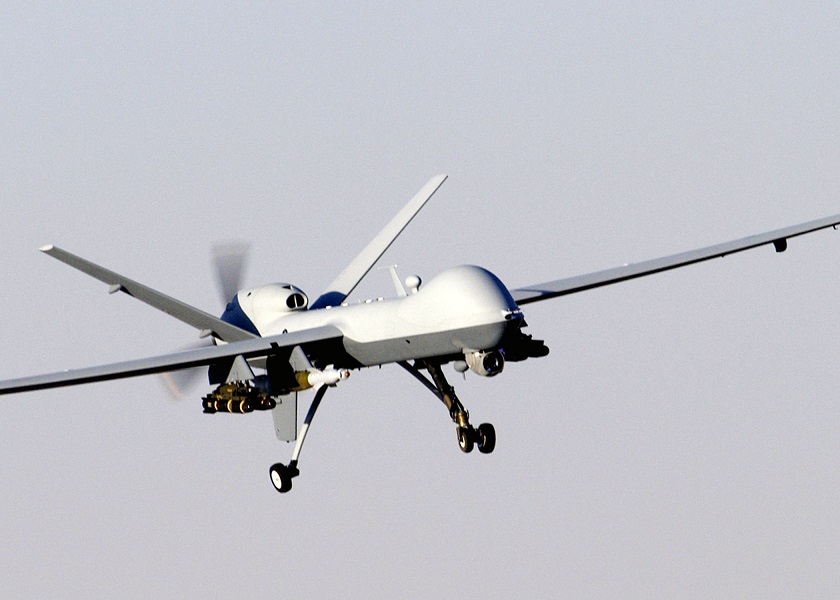August 2015, Vol. 242, No. 8
Features
Buzz on Drones: Theyre Coming to the Energy Sector

Few trends have been bigger or more exciting to watch in the last decade than the rise of drones.
From serious applications like warfare to more quirky ones like pizza delivery, the world is still clearly just starting to figure out how drones can profitably be used. That background makes the recent chatter about the opportunity for drone use in commercial oil and gas applications an extremely interesting trend to watch.
There appears to be traction for drone use in the energy sector both in the United States and abroad. The Federal Aviation Administration (FAA), the regulatory agency governing U.S. airspace, appears willing to allow drones to be used in the energy sector, likely in part because energy applications tend to be in low population density areas, which makes public safety less of an issue.
Further, the FAA is likely to release a complete set of rules regarding drones in the next 12 months that could act as a catalyst for stocks across the sector.
Investors looking to take advantage of what will likely be a secular trend toward greater drone use in energy over the next 10 years have a number of options. Large companies like Google, Boeing, and Northrup Grumman, all have significant drone businesses.
Each of these firms will benefit as drones become more widely used not just in the energy sector, but across the entire global economy. Unfortunately, all of these firms are very sizable already, so the emergence of new drone applications is unlikely to lead to a dramatic change in revenues or profits.
However, there are a couple of smaller firms that carry reasonable valuations and still stand to benefit significantly from the drone revolution. For these companies, greater acceptance of drone use could be a major stock price catalyst.
First up is AeroVironment. The company trades under the ticker symbol AVAV and is probably the closest thing to a publicly-traded, pure-play drone-maker. The company has drones in a range of scales from palm-sized to large enough to carry weapons. The company has a market cap of about $600 million, so it is big enough that it has some economies of scale and name recognition, but small enough that it will benefit from increase drone adoption.
AVAV has a line of drones that are specifically for use in oil and gas field inspections, an area in which drones provide both a cost and quality advantage over humans. Given the on-going downturn in the energy markets, it is likely that E&P firms will be looking to cut costs anywhere they can. A capital investment in a drone that eliminates the need for paying a human is probably going to be an effective cost-cutting measure.
The other option for investors looking to play the drone revolution is to invest in companies that supply parts for drones rather than the drones themselves. In many respects, this business could be more lucrative as parts suppliers often have better economies of scale than end-use manufacturers. The best option in the drone parts arena right now is probably IXYS Corp.
IXYS Corp trades under ticker symbol IXYS and supplies power controllers and power chipsets for drones, wearable technology and robots. For a high-tech company in a hot space, IXYS carries a reasonable valuation, minimal liabilities and plenty of cash. The company pays a reasonable dividend and has seen good sales growth over the last few years.
Given the high costs of a drone upfront, and the loss of capital if the drone fails mid-flight, manufacturers are going to be understandably interested in making sure the power systems on their drones are as reliable as possible. That means they are unlikely to opt for cheap imported white-label parts. Having extremely reliable internal components is going to be a competitive advantage in the market. That should work to IXYS’ benefit.
The FAA seems poised to loosen rules. With the possible burgeoning set of opportunities to use drones in the energy industry and other areas, IXYS is likely to be a big winner in the space over time.





Comments